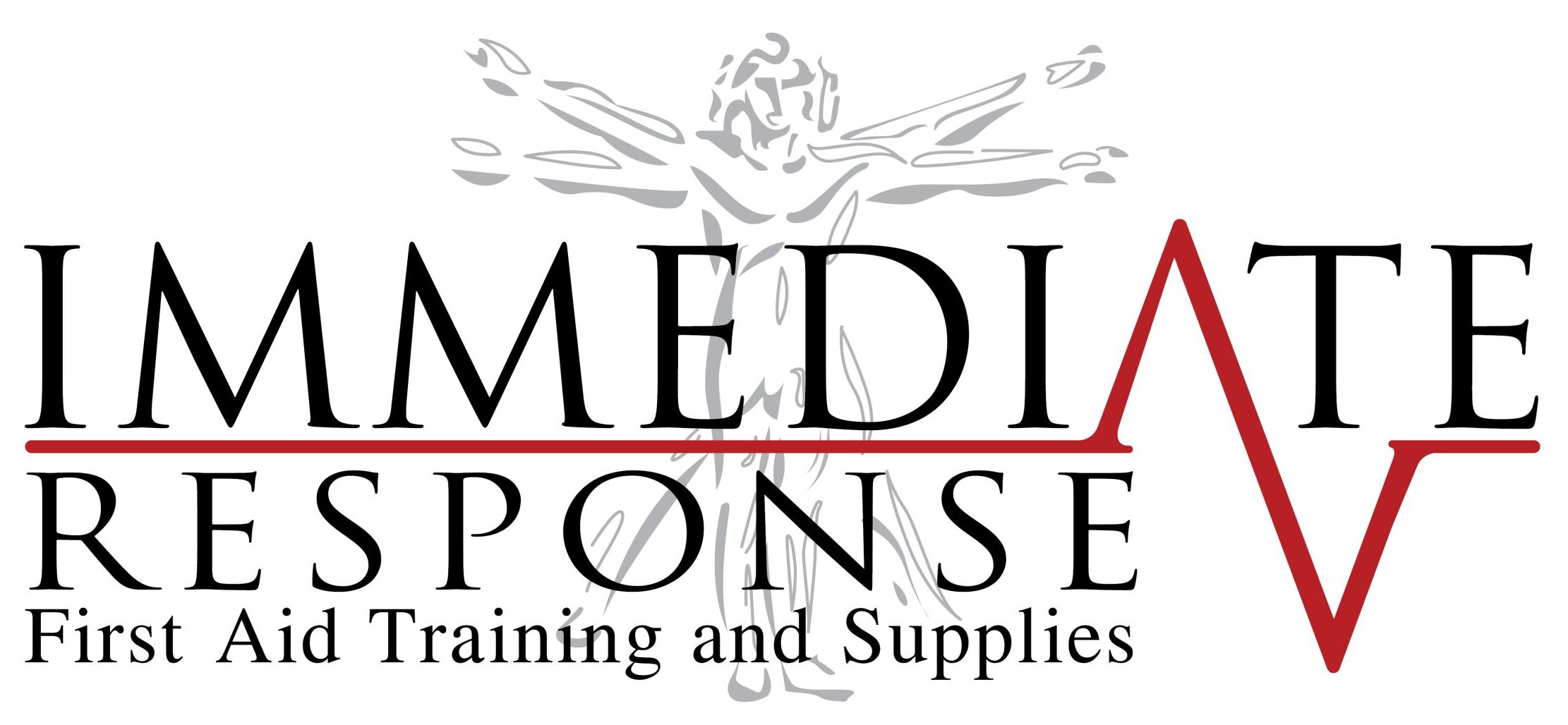Asthma
Asthma is a disorder of the small airways of the lungs. People with asthma have sensitive airways which can narrow when exposed to certain ‘triggers’, leading to difficulty in breathing.
Three main factors cause the airways to narrow:
1. The muscle around the airway tightens (bronchoconstriction).
2. The inside lining of the airways becomes swollen (inflammation).
3. Extra mucus (sticky fluid) may be produced.
Trigger factors for asthma include:
 Colds and flu.
Colds and flu.
 Cigarette smoke.
Cigarette smoke.
 Exercise
Exercise
 Inhaled allergens e.g. pollen, mould, dust mites.
Inhaled allergens e.g. pollen, mould, dust mites.
 Environmental factors e.g. dust, pollution, smoke.
Environmental factors e.g. dust, pollution, smoke.
 Changes in temperature and weather.
Changes in temperature and weather.
 Certain medications e.g. aspirin, beta-blockers.
Certain medications e.g. aspirin, beta-blockers.
 Chemicals and strong smells e.g. perfume, cleaning products.
Chemicals and strong smells e.g. perfume, cleaning products.
 Emotional factors e.g. stress, laughter.
Emotional factors e.g. stress, laughter.
 Foods e.g. nuts, seafood.
Foods e.g. nuts, seafood.
 Food additives e.g. preservatives, flavourings.
Food additives e.g. preservatives, flavourings.
The onset of an asthma attack can be recognised by one or more of the following signs and symptoms:

 Shortness of breath.
Shortness of breath.
 Wheezing when exhaling, remember not all asthma sufferers wheeze.
Wheezing when exhaling, remember not all asthma sufferers wheeze.
 Dry or moist persistent cough, particularly at night, early morning and with exercise.
Dry or moist persistent cough, particularly at night, early morning and with exercise.
 Tightness of the chest.
Tightness of the chest.
Signs of a severe asthma attack include:
 Gasping for breath.
Gasping for breath.
 Severe chest tightness.
Severe chest tightness.
 Inability to speak more than one or two words per breath.
Inability to speak more than one or two words per breath.
 Thirst due to loss of water vapour from the lungs.
Thirst due to loss of water vapour from the lungs.
 Feeling distressed and anxious.
Feeling distressed and anxious.
 Increasing pulse rate.
Increasing pulse rate.
 Pale, sweaty skin.
Pale, sweaty skin.
 Drawing in of the spaces between the ribs and above the collarbones with the effort of breathing.
Drawing in of the spaces between the ribs and above the collarbones with the effort of breathing.
 Blue colour around the lips.
Blue colour around the lips.
 Little or no improvement after using reliever medication.
Little or no improvement after using reliever medication.
 Collapse, leading to respiratory arrest.
Collapse, leading to respiratory arrest.


If you know the casualty’s asthma management plan, follow its guidelines. Assist the casualty to:
 Follow the DRSABCD emergency action plan
Follow the DRSABCD emergency action plan
 Sit in a comfortable upright position.
Sit in a comfortable upright position.
 Be calm and reassure the casualty.
Be calm and reassure the casualty.
With a Spacer
 Shake the inhaler and insert the mouthpiece into the spacer.
Shake the inhaler and insert the mouthpiece into the spacer.
 Place spacer’s mouthpiece in the casualty’s mouth and give four separate puffs of a blue/grey reliever puffer.
Place spacer’s mouthpiece in the casualty’s mouth and give four separate puffs of a blue/grey reliever puffer.
 Ask the casualty to breathe in and out normally four times after each puff.
Ask the casualty to breathe in and out normally four times after each puff.
 Wait four minutes, if there is little or no improvement, repeat the above sequence.
Wait four minutes, if there is little or no improvement, repeat the above sequence.
Without a Spacer
 Shake inhaler.
Shake inhaler.
 Place the inhaler’s mouthpiece in the casualty’s mouth, deliver one puff as the person inhales slowly and steadily.
Place the inhaler’s mouthpiece in the casualty’s mouth, deliver one puff as the person inhales slowly and steadily.
 Ask the casualty to hold that breathe for four seconds, then take four normal breaths.
Ask the casualty to hold that breathe for four seconds, then take four normal breaths.
 Repeat until four puffs have been given.
Repeat until four puffs have been given.
 Wait four minutes, if there is little or no improvement, repeat the above sequence.
Wait four minutes, if there is little or no improvement, repeat the above sequence.
If still no improvement:
 Call 000 for an ambulance.
Call 000 for an ambulance.
 Continuously repeat reliever medication every four minutes until the ambulance arrives.
Continuously repeat reliever medication every four minutes until the ambulance arrives.
Collapsed Casualty
 Follow the DRSABCD emergency action plan.
Follow the DRSABCD emergency action plan.
 If possible, assist four puffs of a reliever.
If possible, assist four puffs of a reliever.
If little or no immediate improvement:
 Repeat reliever medication every four minutes until the ambulance arrives.
Repeat reliever medication every four minutes until the ambulance arrives.
 Be calm and reassuring.
Be calm and reassuring.
 If the casualty is not breathing give rescue breaths. In severe asthma attacks, rescue breathes require much greater force to inflate the lungs.
If the casualty is not breathing give rescue breaths. In severe asthma attacks, rescue breathes require much greater force to inflate the lungs.
 Be prepared to commence CPR.
Be prepared to commence CPR.
![]()
You will not harm the casualty by giving a reliever if they are not suffering an asthma attack.
For further information on asthma visit:
The National Asthma Council Australia
1800 032 495
Asthma Australia
1800 645 130

